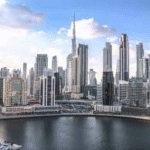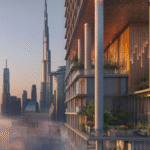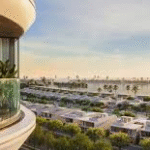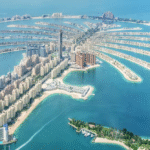Now Reading: Cultural Silver Still Shines Bright in Emirati Traditions 2025
-
01
Cultural Silver Still Shines Bright in Emirati Traditions 2025
Cultural Silver Still Shines Bright in Emirati Traditions 2025
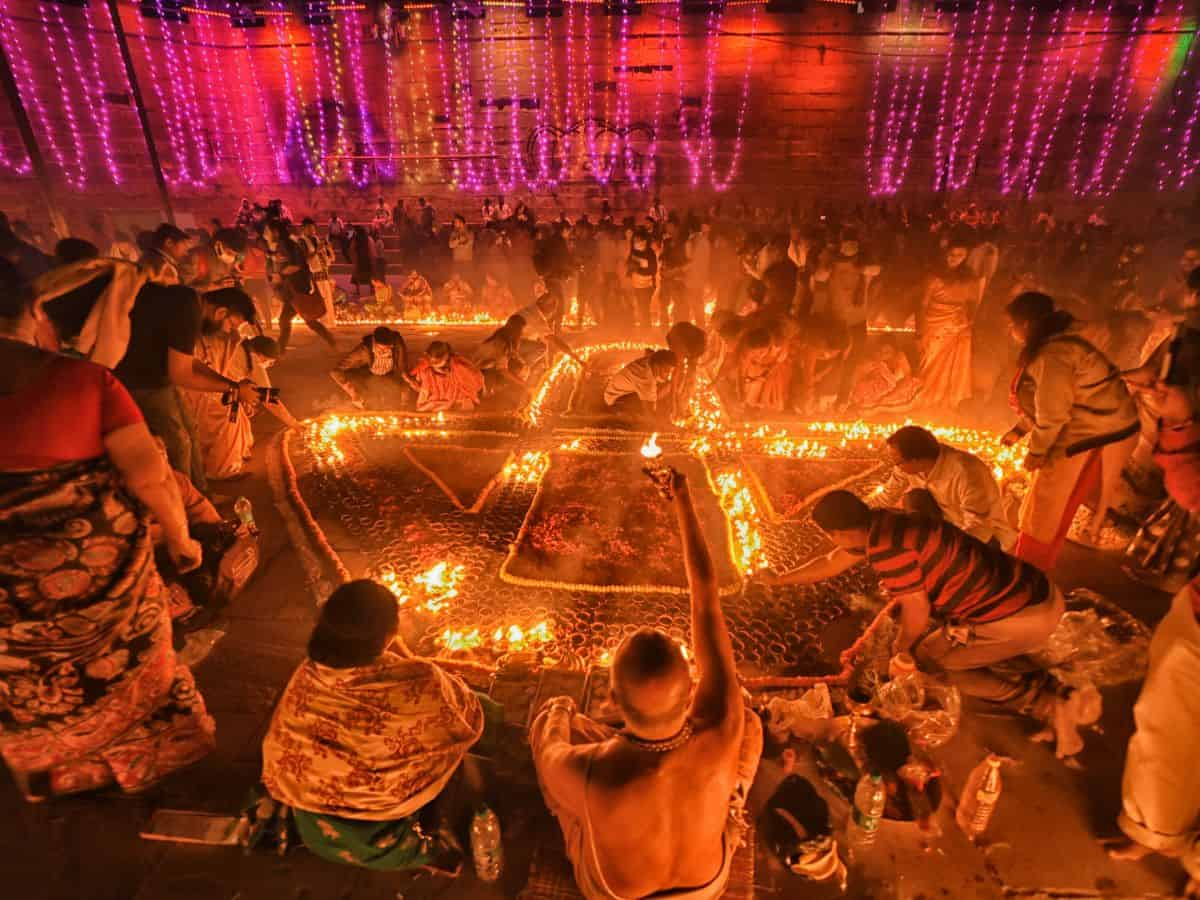
Table of Contents
Silver has long held a cherished place in the heart of Emirati culture. Beyond its beauty and value, silver is a powerful symbol of tradition, identity, and craftsmanship across generations in the United Arab Emirates. From intricate jewelry to protective amulets, silver has shaped the social, spiritual, and economic lives of Emiratis, especially in the pre-oil era when local traditions carried deep meanings and customs were passed down orally.
Even today, silver continues to shine in Emirati homes, wardrobes, and rituals, making it an enduring piece of the nation’s cultural legacy.
Silver in Traditional Emirati Jewelry
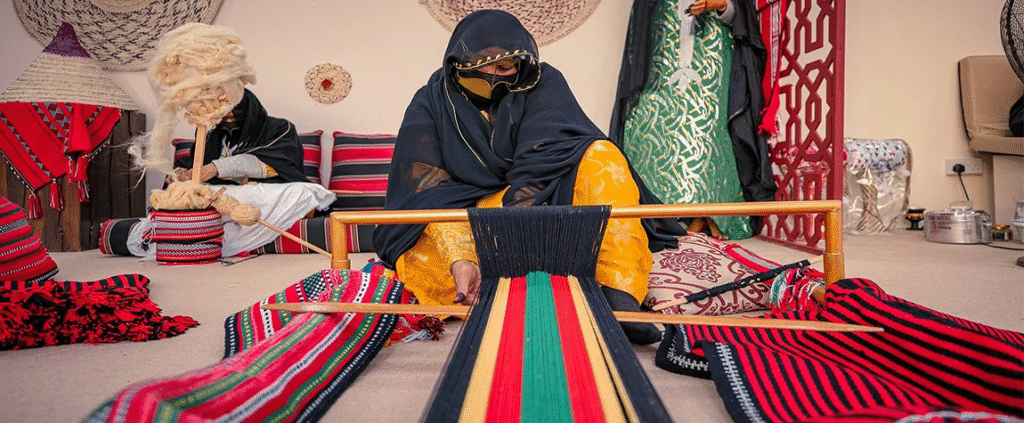
One of the most visible expressions of silver in Emirati culture is traditional jewelry. Before gold became widely accessible, silver was the primary metal used in crafting ornaments worn by women and children. These pieces were not just fashion statements; they were part of social identity and personal storytelling.
Silver jewelry often featured detailed carvings, tribal motifs, and Quranic inscriptions. Popular items included the “khanjar” (curved dagger), “tahreez” (engraved bracelets), “murtaasha” (belly chains), and “mashareef” (necklaces adorned with bells). Many designs included bells or hollow beads that jingled softly, believed to ward off evil spirits and attract good luck.
Young girls and married women alike wore these pieces at weddings, religious events, and during national celebrations like Eid. It was common for a mother to gift her daughter a set of silver jewelry passed down through the family, ensuring continuity and emotional value through generations.
Spiritual and Protective Uses of Silver
In addition to its role in fashion, silver was used for protection and spiritual purposes in Emirati heritage. Amulets made from silver were common among both children and adults. These “hirz” or “taweez” were often engraved with Quranic verses or carried inside silver pendants worn close to the heart.
Silver was believed to offer protection from the “evil eye”, a concept deeply rooted in Arab and Islamic culture. Mothers would fasten silver pieces to a child’s clothing to keep them safe from harm or illness. Even in homes, small silver objects were placed in doorways or worn by camels and animals as protective charms.
Silver also had medicinal use. In Bedouin traditions, it was believed that drinking water from silver containers had cooling properties and health benefits. Some even placed silver coins in drinking water to purify it, long before modern water filters existed.
Emirati Silversmiths: Masters of Craft
The art of silversmithing, or “zaynafah”, is an important traditional craft in Emirati culture. In older times, nearly every town and village had its own silversmith, who used primitive tools such as bellows, hammers, and molds to create detailed ornaments by hand.
These craftsmen were held in high esteem. They not only made jewelry but also repaired heirloom pieces and customized amulets based on religious and tribal beliefs. In some areas like Ras Al Khaimah and Fujairah, silversmithing was a generational skill passed from father to son.
What made Emirati silver items special was their deep symbolism. The crescent moon, palm trees, falcons, and other motifs often carried hidden meanings—representing femininity, strength, faith, and prosperity.
Today, although industrial tools are more common, there is a renewed appreciation for handmade silver goods as heritage preservation gains attention across the UAE.
Silver in Weddings and Celebrations
Weddings remain a key occasion for displaying traditional silver. In many Emirati families, bridal dowries once included silver items alongside clothing, perfumes, and other gifts. The bride’s adornment with silver bangles, anklets, and necklaces was a symbol of both beauty and family pride.
Special trays and containers used in Emirati weddings were also made of silver. These included “majmars” (incense burners), “dallahs” (coffee pots), and “mehndi trays” used during henna nights. Their shimmering elegance added to the ambiance of the celebration.
While modern tastes have leaned toward gold and diamonds in recent years, many families still maintain a strong connection with their silver heritage, often mixing both metals during ceremonies to honor their past.
Museums and Cultural Revival of Silver Heritage
Recognizing the cultural importance of silver, several museums in the UAE have dedicated exhibitions showcasing antique silver jewelry and tools. The Etihad Museum in Dubai and the Sharjah Heritage Museum hold rich collections that educate the public about traditional Bedouin life and the role of silver within it.
These efforts are part of a broader movement in the UAE to preserve and revive traditional crafts. Cultural festivals like “Sougha” in Abu Dhabi or “Al Dhafra Festival” in Al Ain feature live silversmith demonstrations, attracting tourists and locals who wish to reconnect with the country’s roots.
The UAE government and heritage organizations are also supporting young artisans through training programs to keep the craft alive. This not only protects a unique tradition but also opens economic opportunities for rural communities and creative youth.
Silver in Modern Emirati Identity
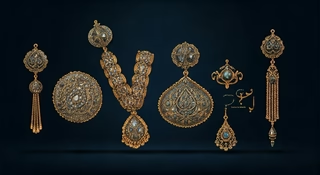
Though silver may no longer dominate daily fashion as it once did, its symbolism continues to shape Emirati identity. From royal families to local communities, silver is celebrated as a connection to the nation’s desert past, where values like simplicity, resilience, and tradition were prized.
Modern Emirati designers are now blending old and new, creating contemporary silver collections inspired by traditional patterns but suited for modern lifestyles. These items appeal to younger generations who want to wear their heritage with pride and elegance.
Silver remains a valuable storytelling medium in the UAE a metal that carries more than weight or sparkle. It carries memory, meaning, and culture.
Conclusion
The cultural significance of silver in Emirati heritage is far more than decorative. It reflects the UAE’s deep-rooted values, family bonds, tribal customs, and artistic talents. As the country continues to modernize, silver remains a vital symbol of continuity between the past and present.
With renewed efforts in preservation, education, and innovation, the shine of silver is far from fading. It still gleams in the hands of artisans, in the hearts of elders, and in the pride of the Emirati people.
Read More:- Shobha Realty Launches Its Most Luxurious Project Yet—Full Details Inside 2025











